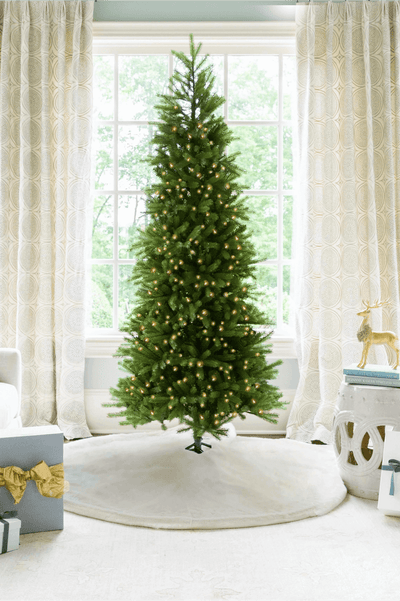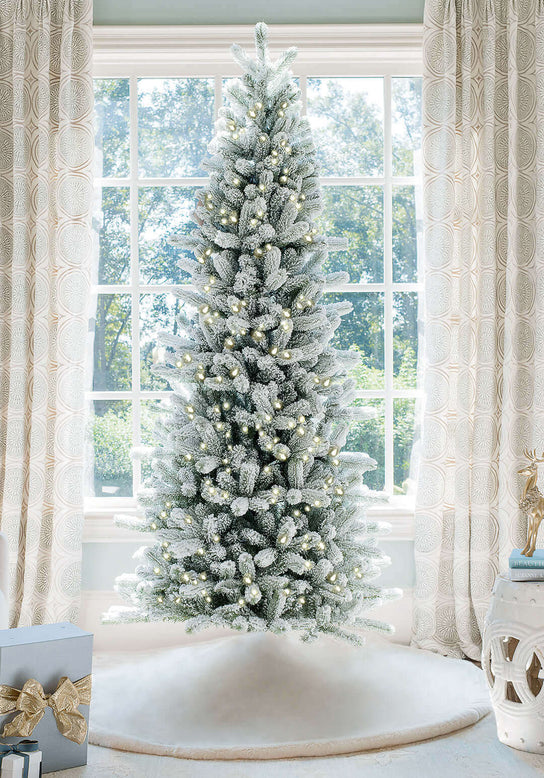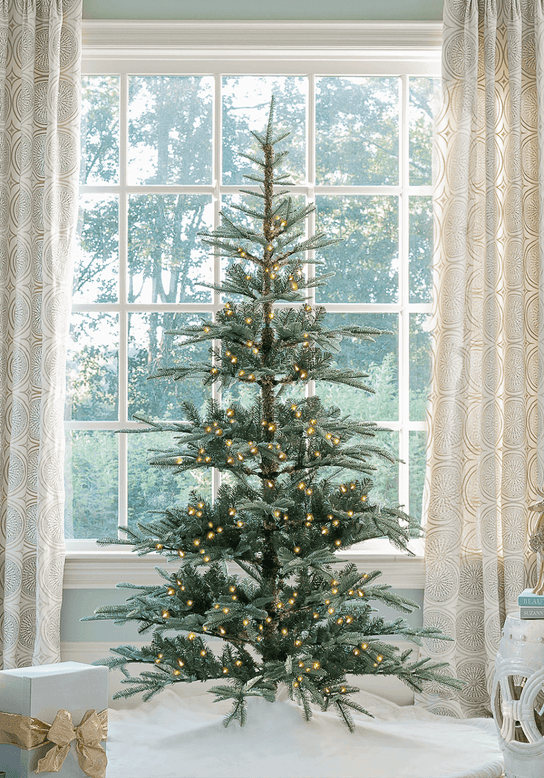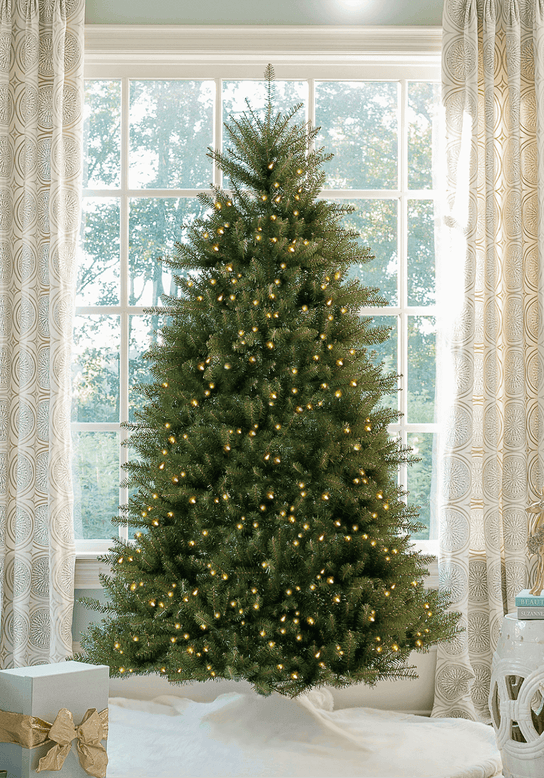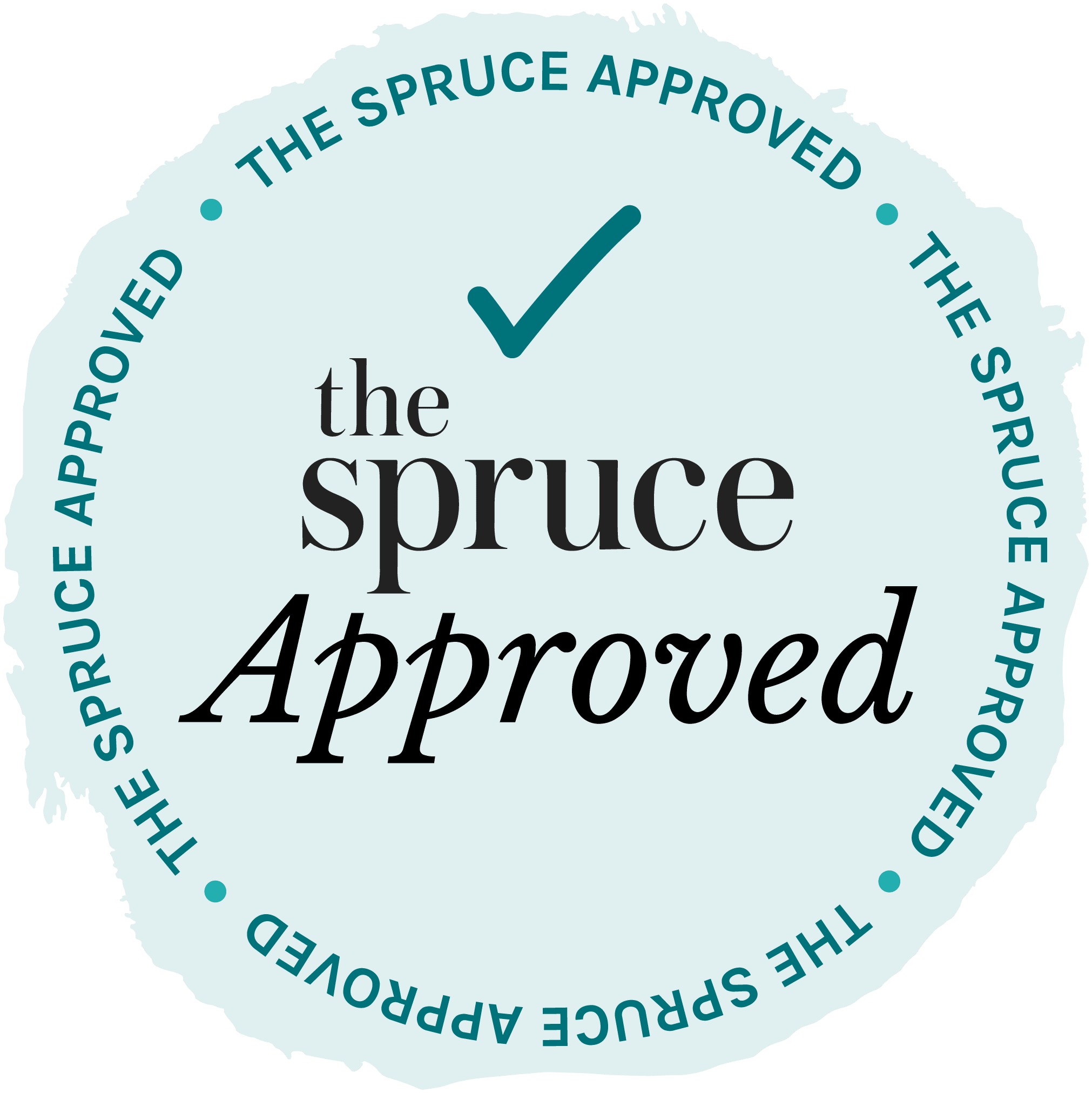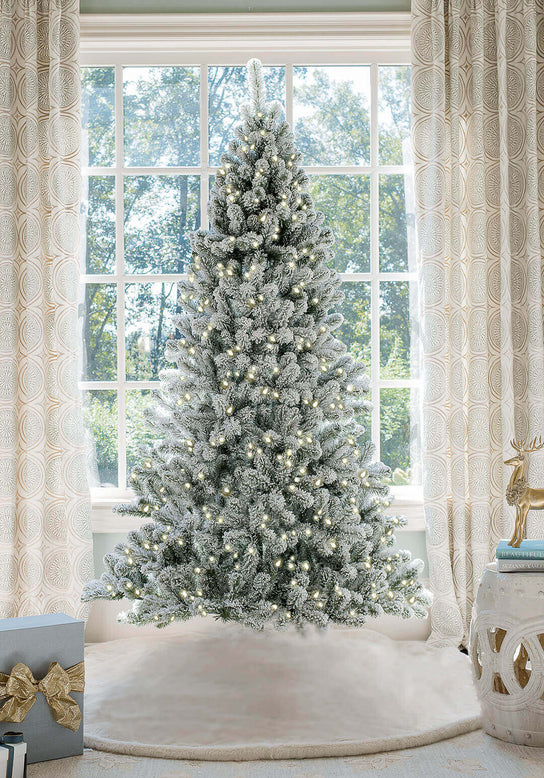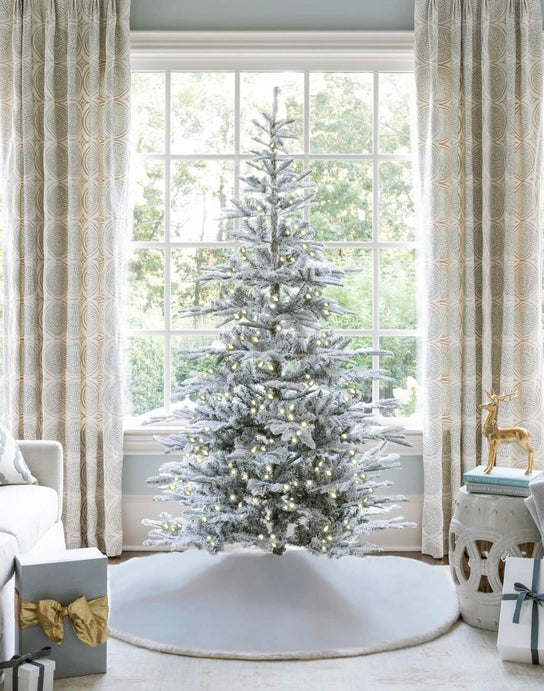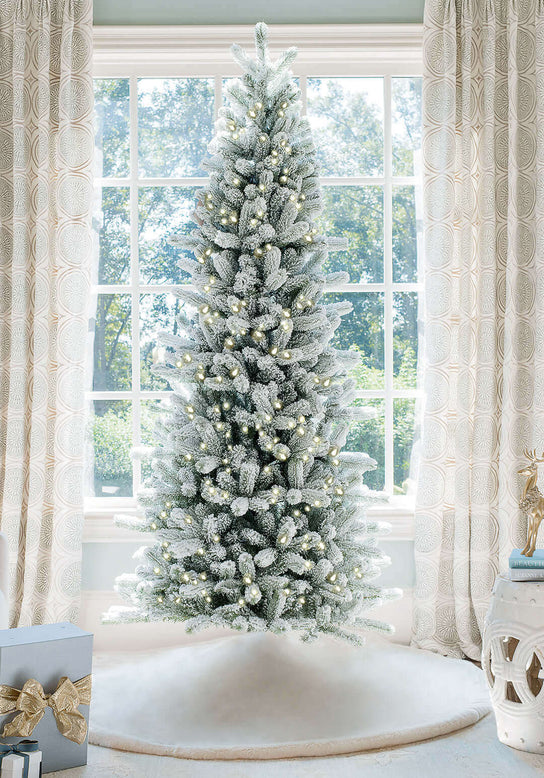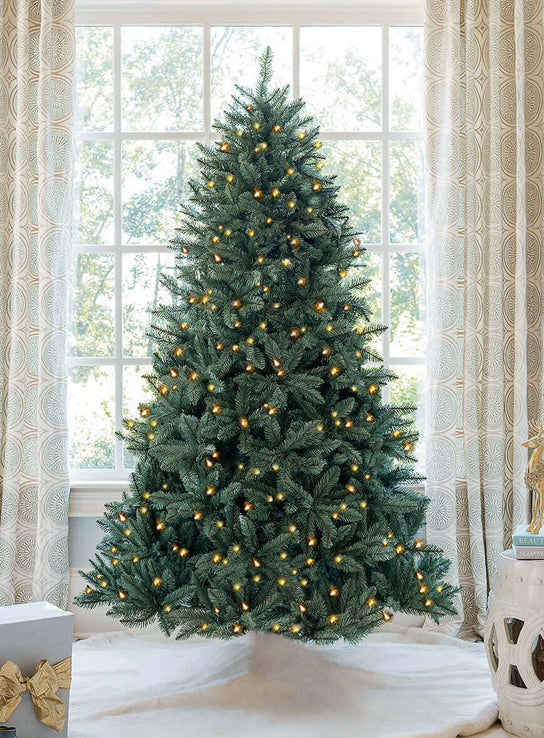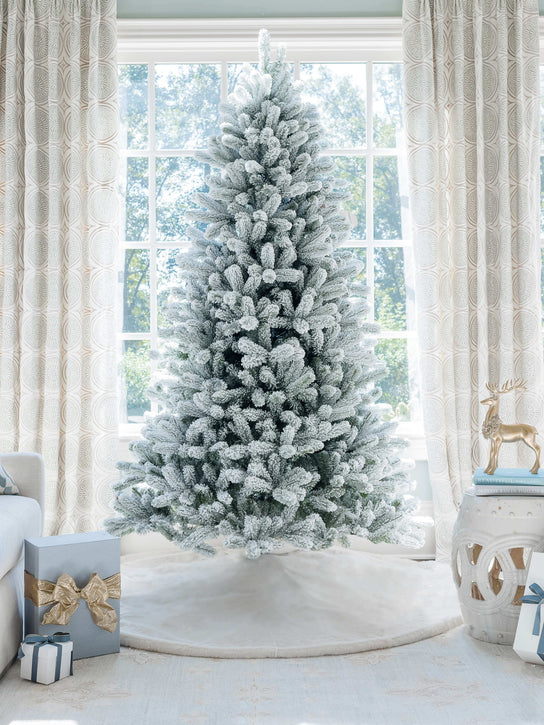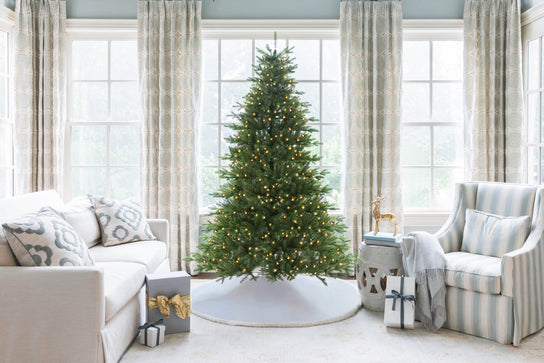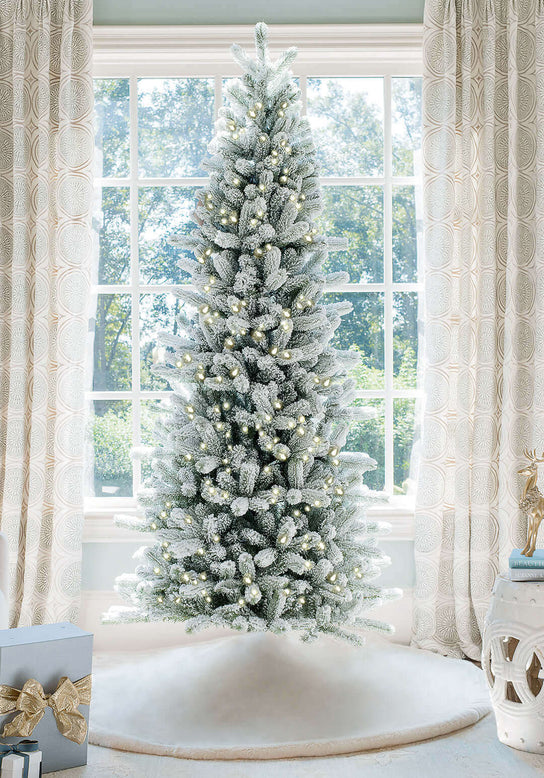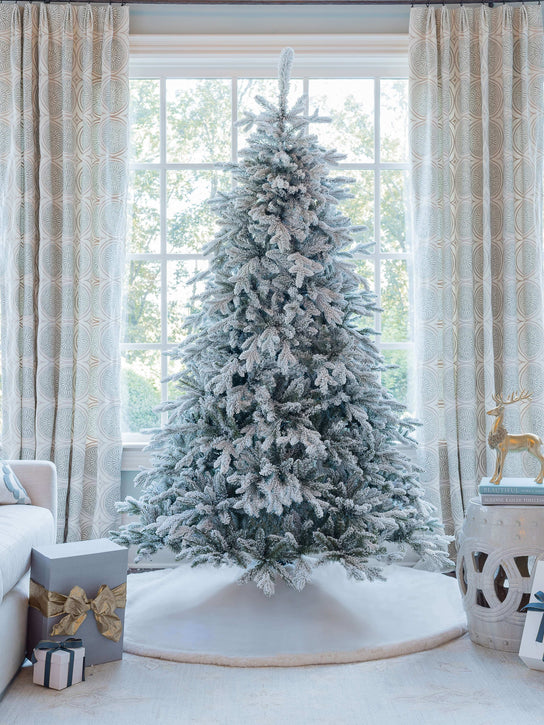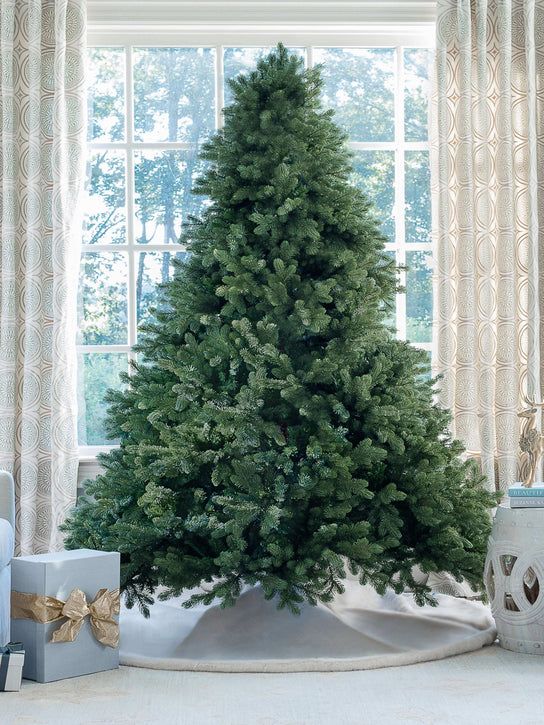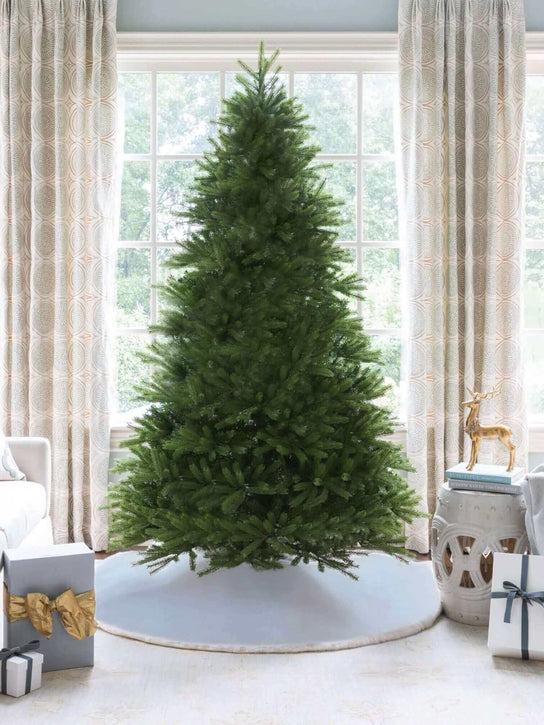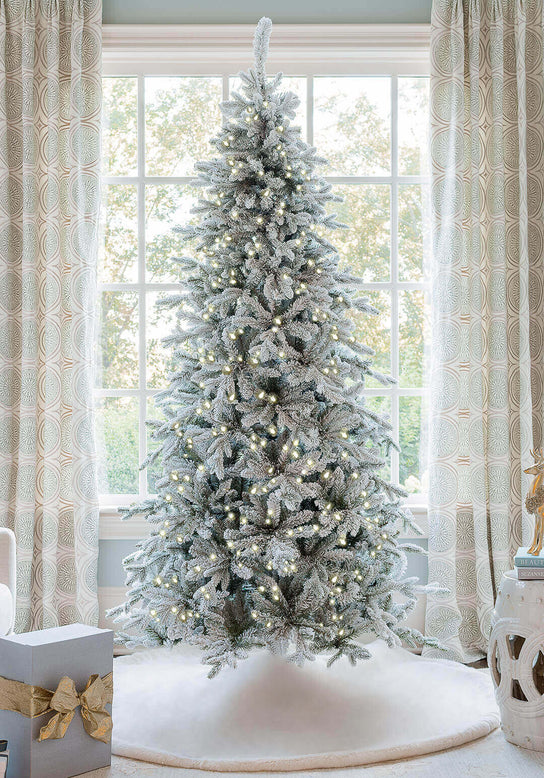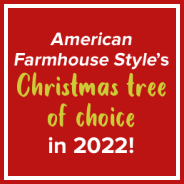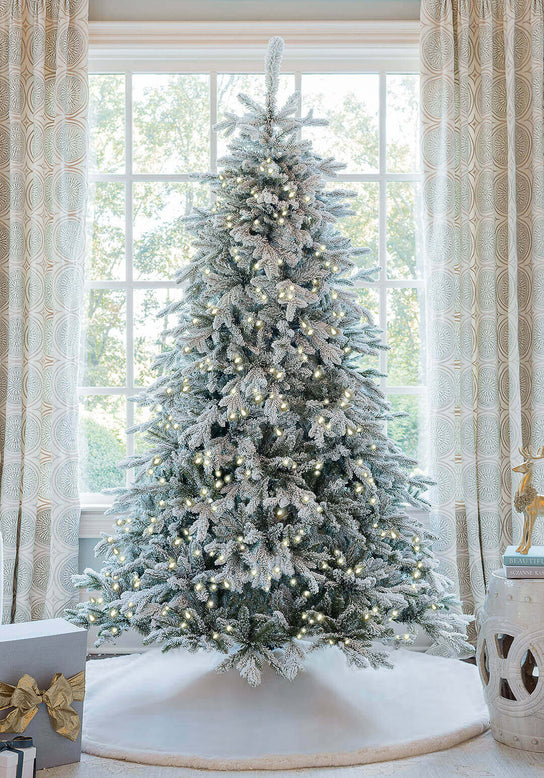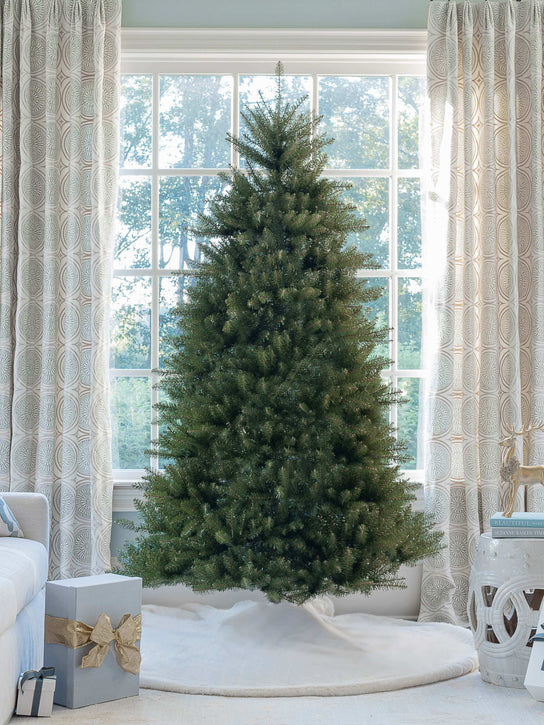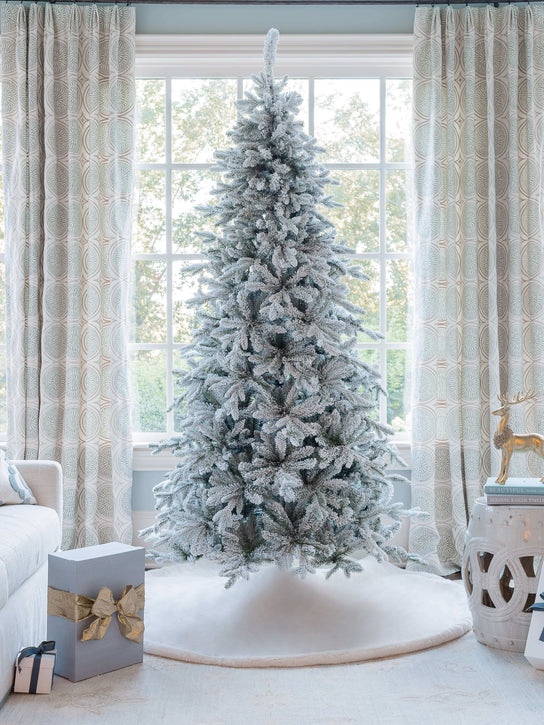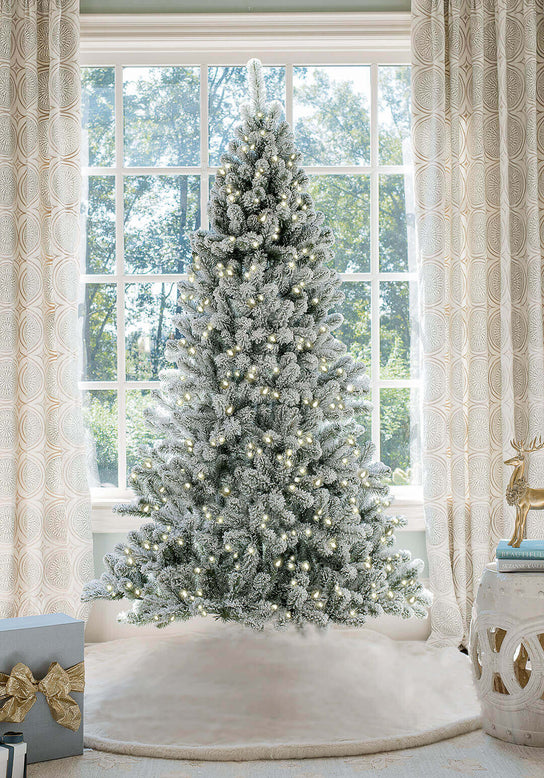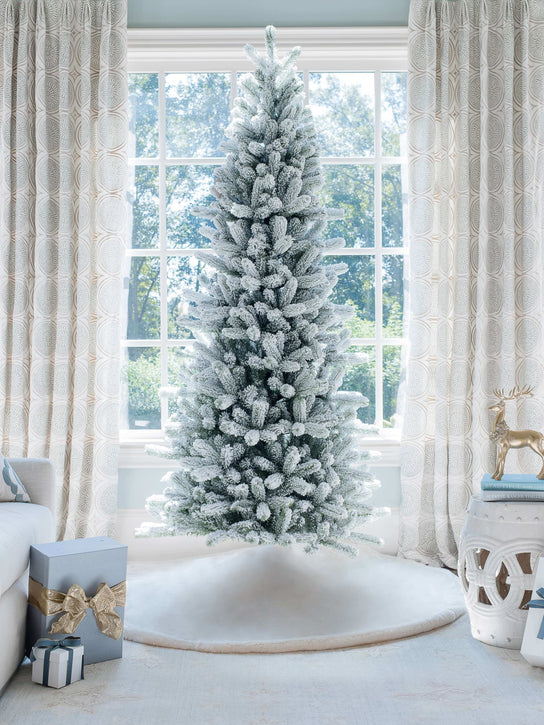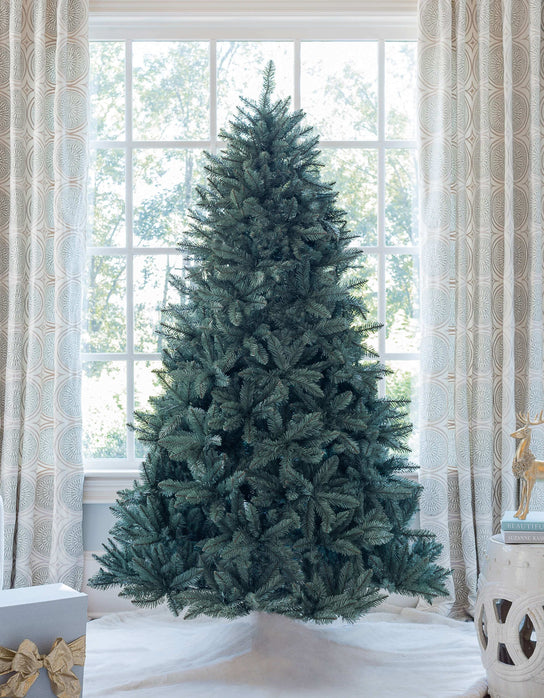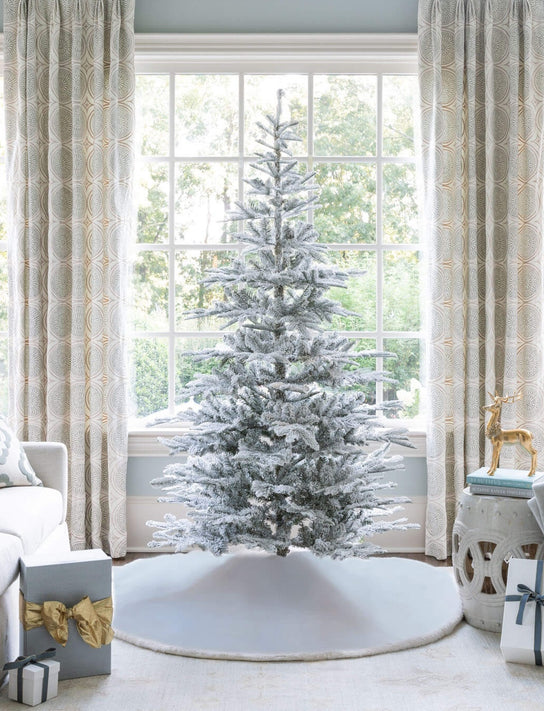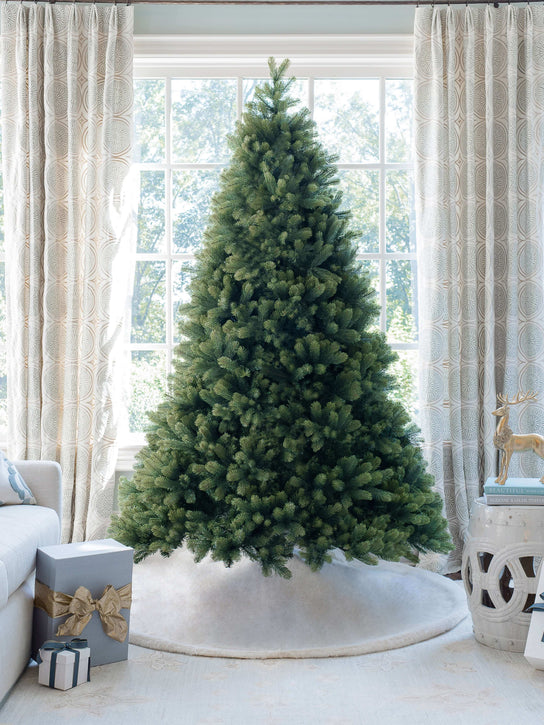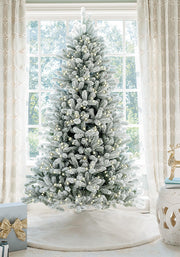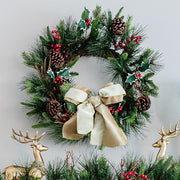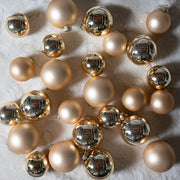The holiday season is a time for festive decorations, joyful gatherings, and cherished traditions. For many, the scent of a real Christmas tree is an integral part of the holiday experience. However, not everyone has the space or preference for a live tree, leading many to opt for artificial versions. While these trees offer convenience and longevity, they lack the distinctive pine aroma that characterizes the holiday season. Fortunately, there are many ways to make your artificial Christmas tree smell just like the real thing.
What Do Christmas Trees Smell Like?
The scent of a Christmas tree is often described as a blend of fresh, natural fragrances that evoke the essence of the holiday season. Here’s a breakdown of what makes the Christmas tree smell so distinctive:
Piney Aroma
- Fresh Pine: The most prominent scent is that of fresh pine needles. This smell is sharp and crisp, with a slightly sweet, woodsy undertone. It’s the hallmark of a classic Christmas tree, whether it’s a Douglas Fir, Fraser Fir or Pine.
- Resin: The resin from the tree adds a deep, earthy quality to the fragrance. It can sometimes be described as slightly spicy or balsamic.
Citrus Notes
- Lemon: Some varieties of Christmas trees, like the Siberian Fir, have subtle citrusy notes that resemble lemon or orange. This adds a refreshing, zesty dimension to the overall scent.
Woody Undertones
- Cedar: Many Christmas trees have a cedar-like aroma that’s warm and comforting. This woody scent contributes to the overall earthy and robust fragrance.
Sweetness
- Balsam: Certain trees, like the Balsam Fir, have a sweet, almost vanilla-like undertone in their scent. This adds a subtle sweetness that balances the more intense pine notes.
Herbal and Spicy Accents
- Spice: Some Christmas tree varieties emit a faint hint of spice, reminiscent of cinnamon or clove, which enhances the festive atmosphere.
Freshness
- Clean Air: The overall scent of a Christmas tree often evokes a sense of clean, crisp, and outdoor air, bringing a refreshing quality into the home.
Earthiness
- Soil and Forest Floor: There’s also a grounding, earthy note that might remind you of a forest floor or freshly fallen leaves, adding depth to the aroma.
Tips on Making Your Christmas Tree Smell Real
Use Pine-Scented Products
- Pine-Scented Sprays: The simplest and most immediate way to achieve a pine aroma is by using commercial pine-scented sprays. These products are designed to mimic the fragrance of fresh pine and can be sprayed directly onto your artificial tree. Choose high-quality sprays to ensure a realistic scent and don’t over-spray, as this could lead to an artificial or overpowering aroma.
- Scented Ornaments: Pine-scented ornaments and sachets are a great way to add a subtle fragrance to your tree. These items are often infused with essential oils and can be hung discreetly among the branches. They offer a continuous release of scent and can be replaced or refreshed as needed.
DIY Pine-Scented Solutions
- Essential Oils: Essential oils are a natural way to create a fresh pine scent. Combine a few drops of pine essential oil with water in a spray bottle and lightly mist the branches of your tree. You can also mix essential oils with a carrier oil (like coconut or almond oil) and apply it to cotton balls or fabric sachets, and place them among the branches.
- Homemade Pine Scented Spray: Create your own pine-scented spray by combining a cup of water with a few tablespoons of rubbing alcohol, and adding 10-15 drops of pine essential oil. Shake the mixture well and spray lightly on your tree. The alcohol helps the essential oil disperse more effectively, and will enhance the fragrance.
Incorporate Pine Elements
- Pine Branches: If you have access to fresh pine branches, you can integrate them into your artificial tree. Attach small, fresh pine branches to the artificial tree’s limbs using wire or floral tape. The natural pine will impart a genuine fragrance to the surrounding artificial branches.
- Pine Cone Decorations: Pine cones add a rustic touch to your tree while enhancing the scent. Spray pine cones with a pine-scented spray or essential oil mixture and place them strategically on the tree. Their natural scent will gradually permeate the area around them.
Enhance the Ambient Fragrance
- Simmer Pots: Simmering a pot of water with pine needles, cinnamon sticks, and cloves on the stove can fill your home with a delightful pine aroma. Although this won’t directly affect your artificial tree, it will create an overall festive atmosphere that complements the scent you’re adding to your tree.
- Scented Candles: Light pine-scented candles around your Christmas tree to amplify the holiday fragrance. Choose high-quality candles with natural wax and essential oils for a more authentic aroma. Be sure to keep the candles safely away from the tree and other flammable decorations.
Regular Maintenance
- Refresh the Scent: Over time, the fragrance from sprays and essential oils may fade. Refresh the scent by reapplying the pine-scented products or adding new pine-scented ornaments. Regular maintenance will ensure that your tree continues to exude that lovely pine aroma throughout the holiday season.
- Avoid Over-Use: While it's tempting to use a lot of scent products, it’s better to use them sparingly. Overuse can lead to an overwhelming or artificial smell, diminishing the natural effect you’re aiming for.
Consider the Placement
- Tree Location: The placement of your artificial tree can also influence the overall aroma experience. Position your tree in a well-ventilated area where the scent can disperse evenly. Avoid placing it in a location that is too confined or away from common areas, as this can affect how well the fragrance circulates.
- Complement with Other Scents: If you have other scented decorations, like cinnamon sticks or cloves, integrate them into your holiday décor. These additional scents can complement the pine aroma and enhance the overall sensory experience of your holiday space.
Scent Profiles of Christmas Tree Varieties
Different types of Christmas trees each have their own unique scent profiles. Here's a guide to the distinctive aromas of various firs, spruces, and pines:
Fir Trees
- Fraser Fir: Known for its classic Christmas tree scent, the Fraser Fir has a sweet, citrusy aroma with a hint of pine. It’s a well-rounded, fresh fragrance that’s subtly balsamic.
- Balsam Fir: The Balsam Fir is famous for its strong, sweet, and balsamic scent. It has a rich, vanilla-like aroma with a deep, comforting pine note.
- Noble Fir: This tree offers a more subtle fragrance compared to other firs. Its scent is a blend of pine and cedar with a slightly fruity or citrusy undertone.
Spruce Trees
- Norway Spruce: The Norway Spruce has a sharp, clean, and slightly spicy aroma. It’s less sweet than firs and can have a more pronounced, slightly resinous scent.
- Colorado Blue Spruce: This tree is known for its strong, fresh pine scent with a hint of citrus. It has a crisp, somewhat sharp fragrance that can be invigorating.
- White Spruce: The White Spruce offers a lighter, more delicate pine scent compared to other spruces. Its aroma is clean and fresh with a subtle woody undertone.
Pine Trees
- Eastern White Pine: This pine has a sweet, soft pine scent. It’s a gentle fragrance that is less intense than some other pines.
- Scotch Pine: The Scotch Pine has a robust, classic pine aroma with a slightly earthy undertone. It’s a strong, resinous scent that can be very fragrant.
- Loblolly Pine: Known for its rich, woody scent, the Loblolly Pine has a deep, earthy aroma with strong rosemary notes.
Scent Comparisons
- Fir Trees: generally have a sweet, balsamic aroma that can range from subtle to strong. They often have a blend of pine and sweet notes, with some varieties adding citrus or woody undertones.
- Spruce Trees: tend to have a more intense, fresh pine fragrance. They can be sharper and spicier compared to firs, with some spruces having a crisp, clean aroma and others being slightly resinous.
- Pine Trees: are known for their classic, resinous pine scent. They often have a stronger, more straightforward pine aroma that can range from sweet and gentle to robust and earthy.
Creating a realistic pine scent for your artificial Christmas tree is entirely achievable with the right techniques and products. Whether you choose commercial sprays, essential oils or natural pine elements, each method contributes to bringing that beloved fresh pine aroma into your home. By combining these strategies and regularly maintaining the fragrance, you can enjoy the sensory comfort of a real Christmas tree while benefiting from the convenience and durability of an artificial one. Embrace these tips, and let your holiday season be filled with the delightful and joyous scent of Christmas!


